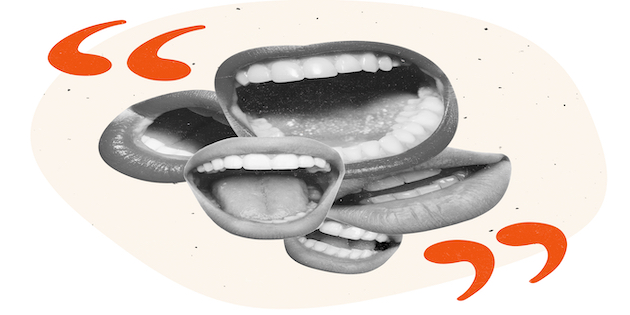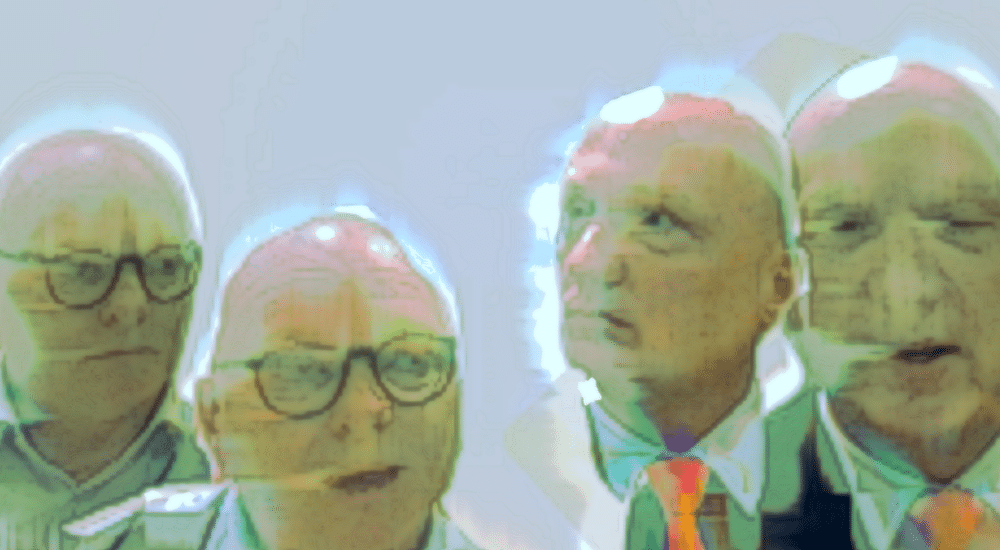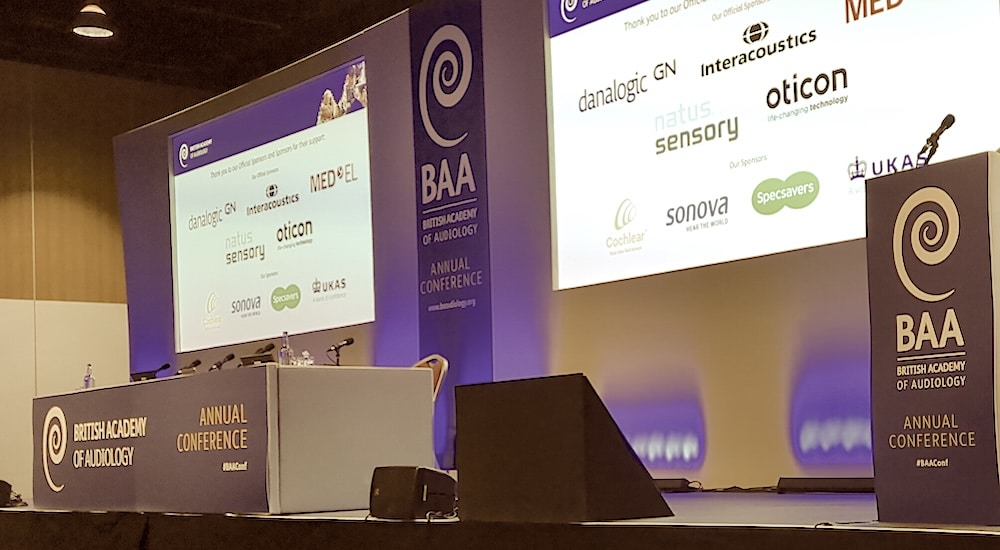Audiology and well-being – What is the message?
Audiologist Raúl García-Medina warns that the well-being narrative for selling hearing aids cannot be mere sales spiel, and must be backed by content and service.

The multi-dimensional (and hyphenated) word well-being was coined in the 16th century. It is not a new concept.
The term’s broad meaning, associated with the positive physical, psychological, and emotional state of an individual, entered audiological literature quite a while back too. Unfortunately, our specialty does not yet have all the answers on how rehabilitative audiology fits into the well-being concept.
We know about the overall positive effect our rehabilitation processes can bring to our patients, but we cannot quantitatively measure it. In fact, everything in life can be linked to well-being, therefore the inability to isolate particular aspects to measure their consequences renders the exercise impossible. Qualitative values can be obtained for individual patients to monitor their progress through the process, but we need the buy-in first, and the sector still has a stigma attached to it.
Covid has changed our focus
One of the key trends of consumer behaviour to emerge during the post-COVID19 pandemic is a renewed focus on health and wellness. Because individuals have been forced to reflect on their busy lifestyles and habits, many have adopted new healthier ways to live, resulting in a shift in consumer priorities and consumption. This could perhaps be an opportunity to knock down some negative connotations associated with audiological hearing rehabilitation.
The concept of well-being is forever evolving and we are currently seeing more and more non-health-related organisations and companies utilising the health and wellness topics as marketing tools. As the hyped well-being word becomes overutilised, perhaps to the detriment of the healthcare industry in a few years, audiology needs to cement itself in the wellness space now that there is an interested society, enabling us to reach and help more individuals and to capitalise going forwards. Wellness and well-being have been aligned with the core identity of our specialty from the beginning but we have failed to craft a message that resonates with our intended audience.
How does the consumer perceive well-being today? According to global management consultant McKinsey & Company in their 2021 article Feeling good: The future of the $1.5 trillion wellness market, today’s consumer views wellness across 6 dimensions: Better health (expected), better fitness, better nutrition, better appearance, better sleep, and better mindfulness.
The better health domain extends beyond medicine and supplements to include medical devices, telehealth, and personal health trackers. They expect consumers to increase their purchases of both wellness products and services over 2022, but they also expect a greater shift toward services, especially those (such as personal training, nutritionists, and counselling) that emphasise physical and mental health.
Audiology may have to broaden its service offering and create links with other health and non-health related specialties.
As wellness remains an opportunity for sustainable growth, brands that are able to support their community’s well-being by going beyond product offer, and investing in creating meaningful content to deepen the customer experience and connection, will be the ones to gain traction in the near future. I remain sceptical about the message being merely If you have a hearing impairment, a hearing instrument will improve your well-being.
It is kind of stating the obvious, and it certainly omits the service.
Source: Audio Infos UK issue 150 From the Oval Window
 Sign in
Sign in



